Best Practices for Data Mapping and Transformation in Informatica PIM
.png)
Data mapping and transformation are critical components of any Product Information Management (PIM) implementation. In this blog post, we will discuss best practices for data mapping and transformation in the new multi-tenant SaaS Informatica PIM.
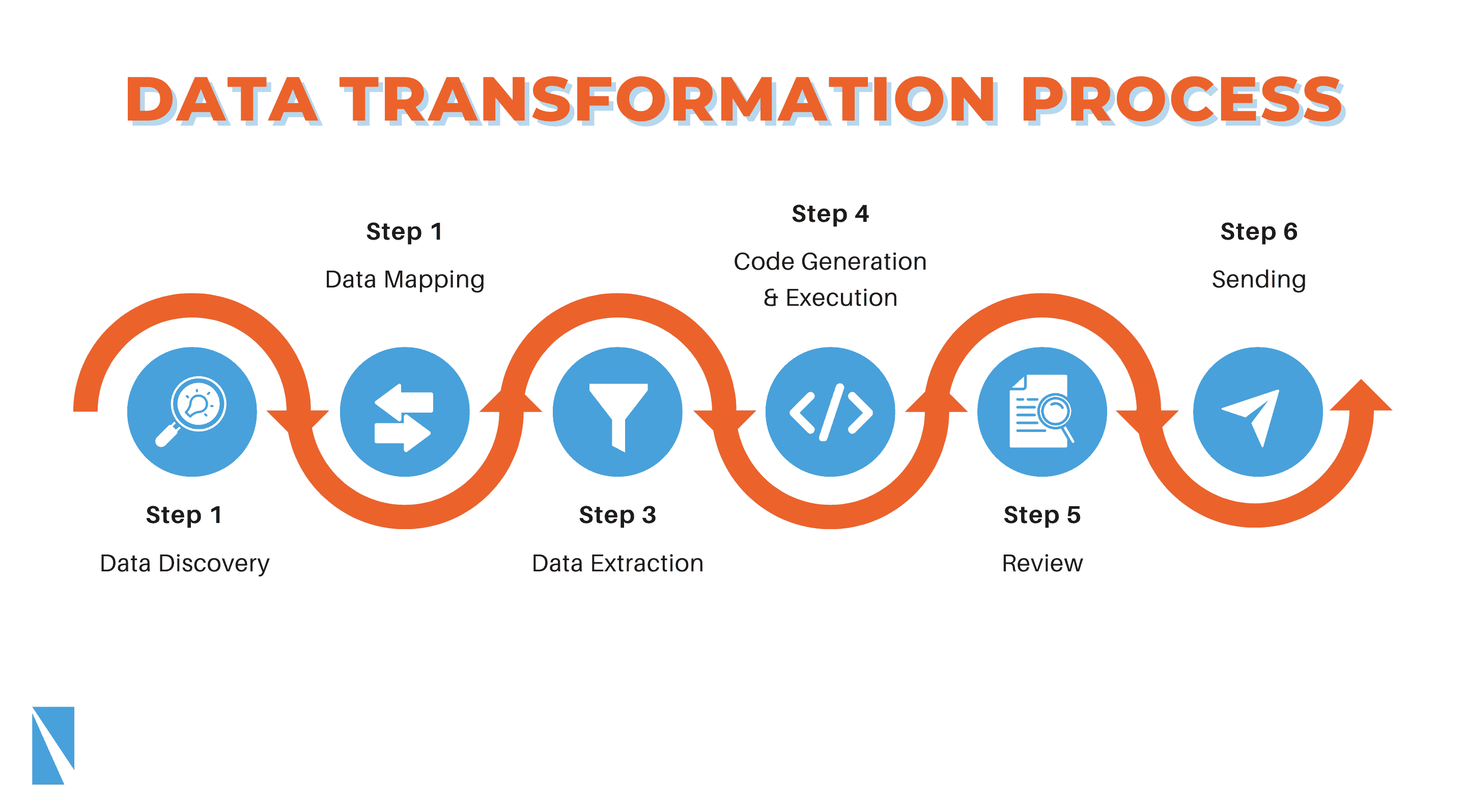
- Understand your data
Before you can effectively map and transform your product data, you need to understand the data itself. This means analyzing the structure and format of your data, identifying any data quality issues, and defining the business rules that will govern the transformation process.
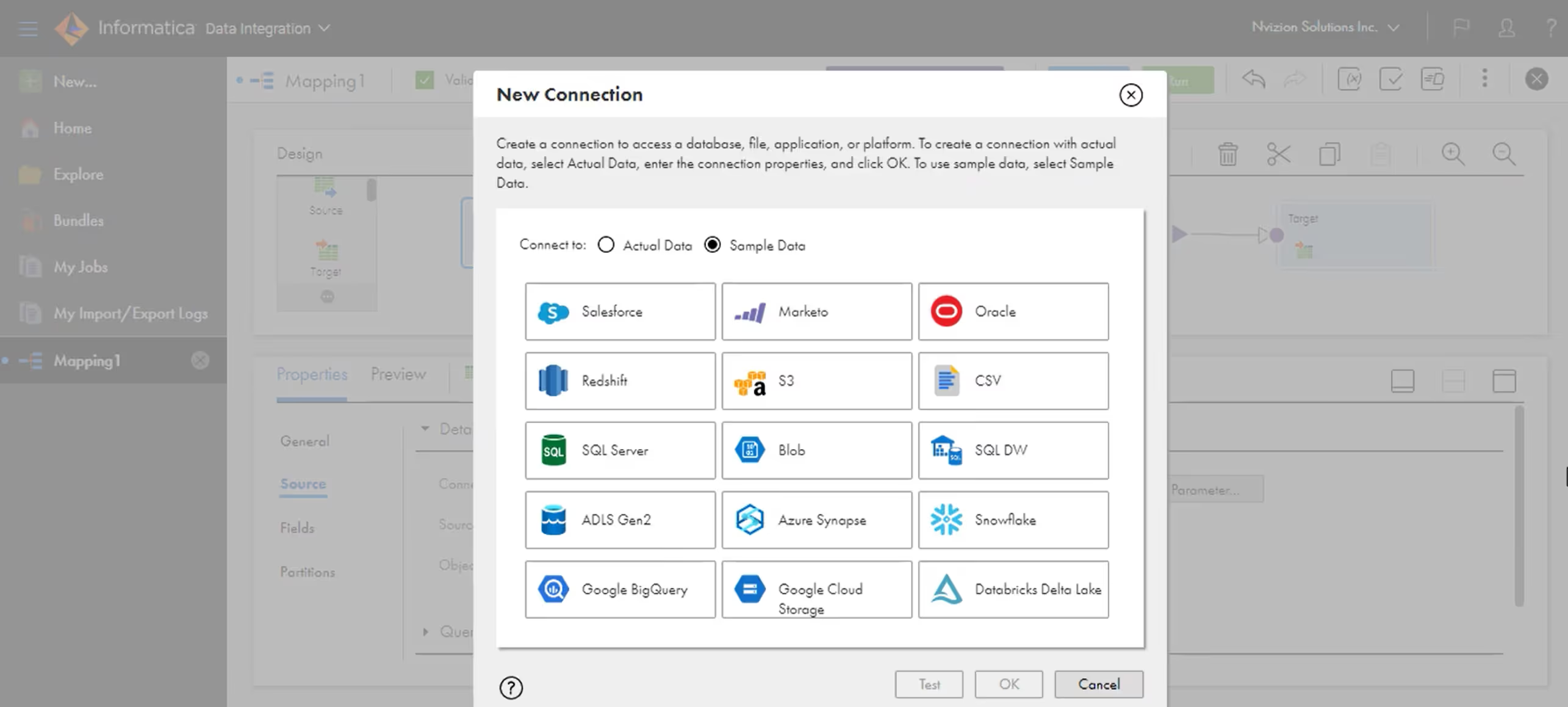
- Define a data mapping strategy
Once you understand your data, it's important to define a data mapping strategy. This should include mapping your source data to your target data structure, defining the rules for data transformation, and identifying any data enrichment or normalization that needs to occur.
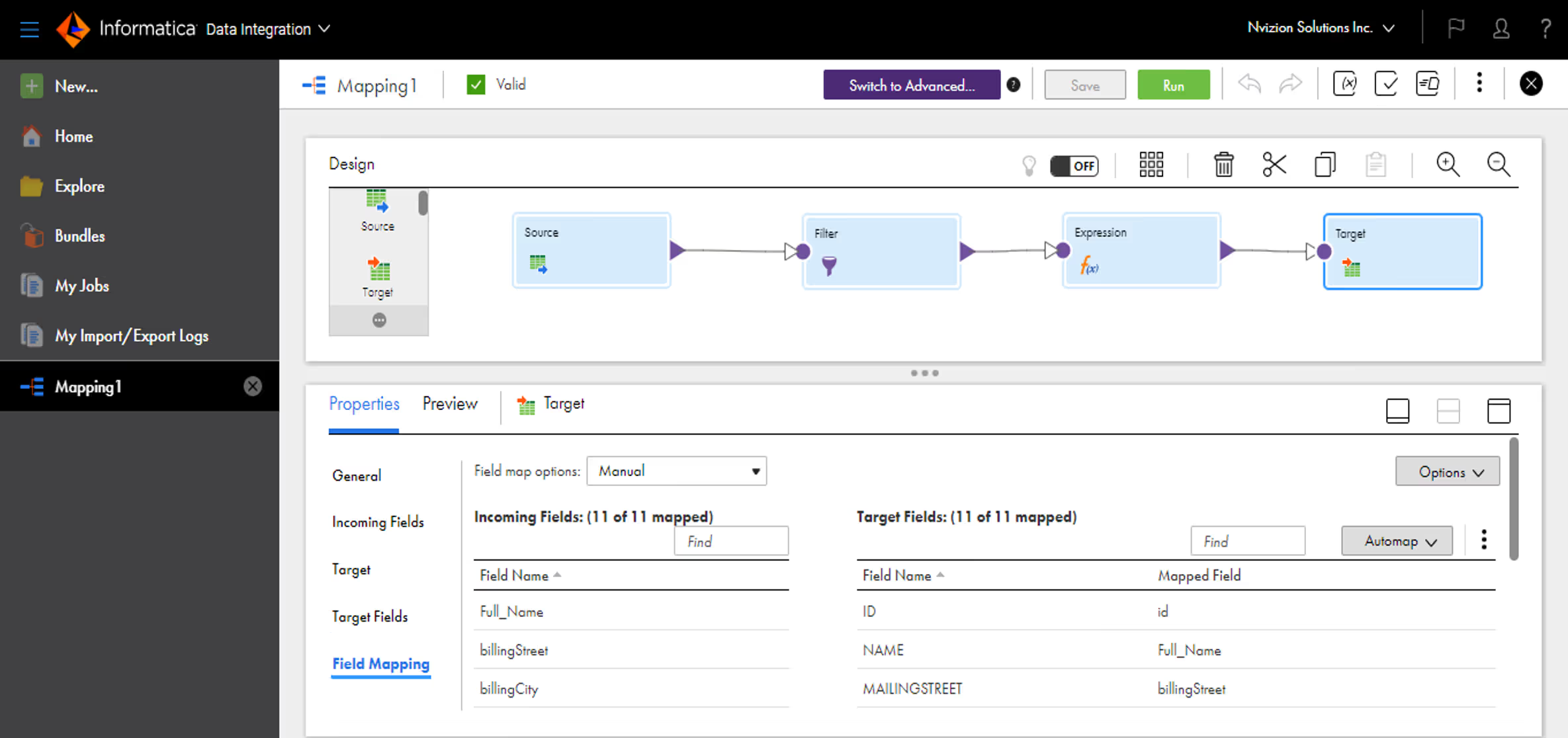
- Leverage data mapping tools
Informatica PIM provides a number of data mapping tools that can help streamline the data mapping and transformation process. These tools can automatically map source data to target fields, apply transformation rules, and perform data validation to ensure that the data meets the required quality standards.
- Establish a data transformation process
In addition to data mapping, it's important to establish a data transformation process. This may involve applying business rules, data normalization, and data enrichment to ensure that your product data is accurate, complete, and consistent.
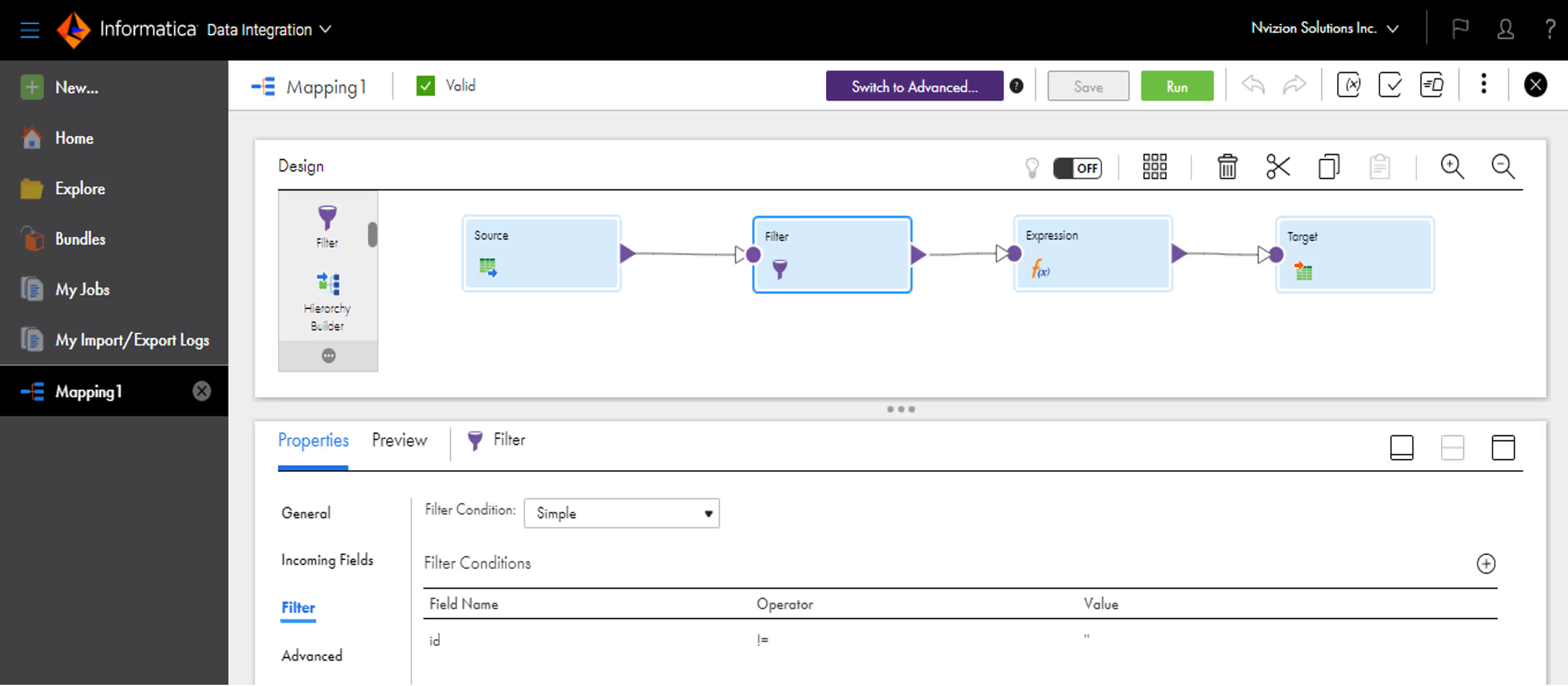
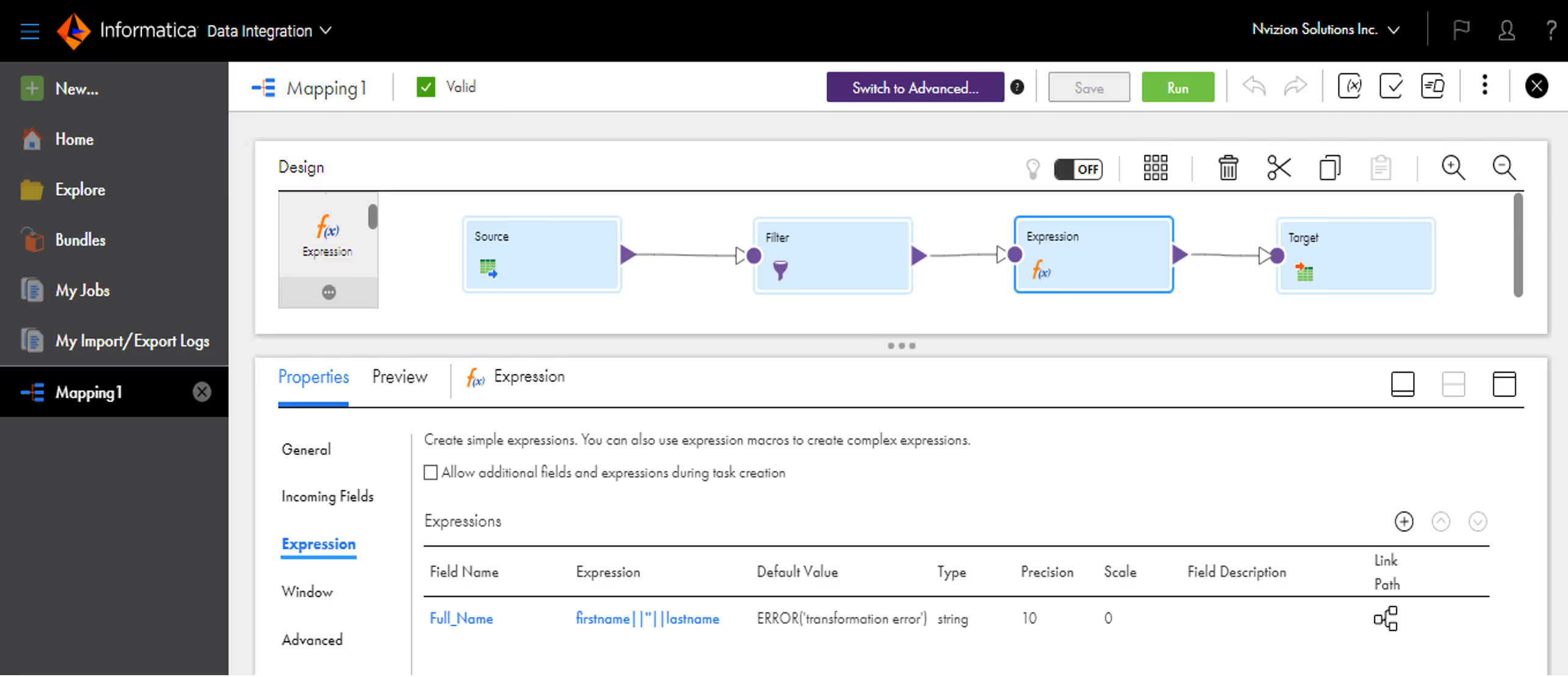
- Monitor and validate your data
Once your data mapping and transformation processes are in place, it's important to regularly monitor and validate your data. This may involve setting up automated validation rules, performing manual data checks, and using data profiling tools to identify any potential data quality issues.
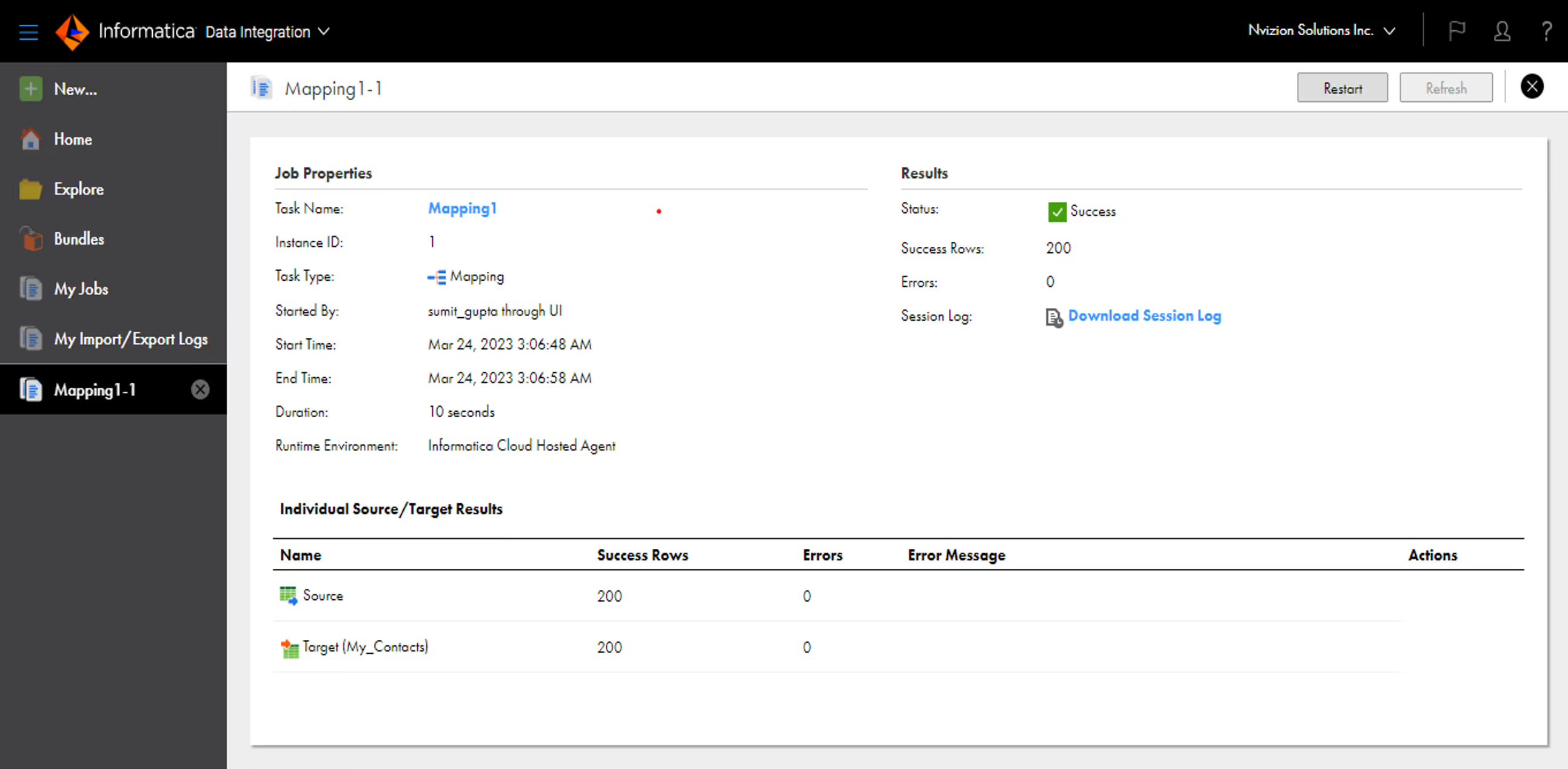
- Establish data governance policies
Finally, it's important to establish data governance policies that govern the entire data mapping and transformation process. This may include defining data ownership, establishing data quality standards, and implementing data security measures to ensure that your product data is secure and protected.
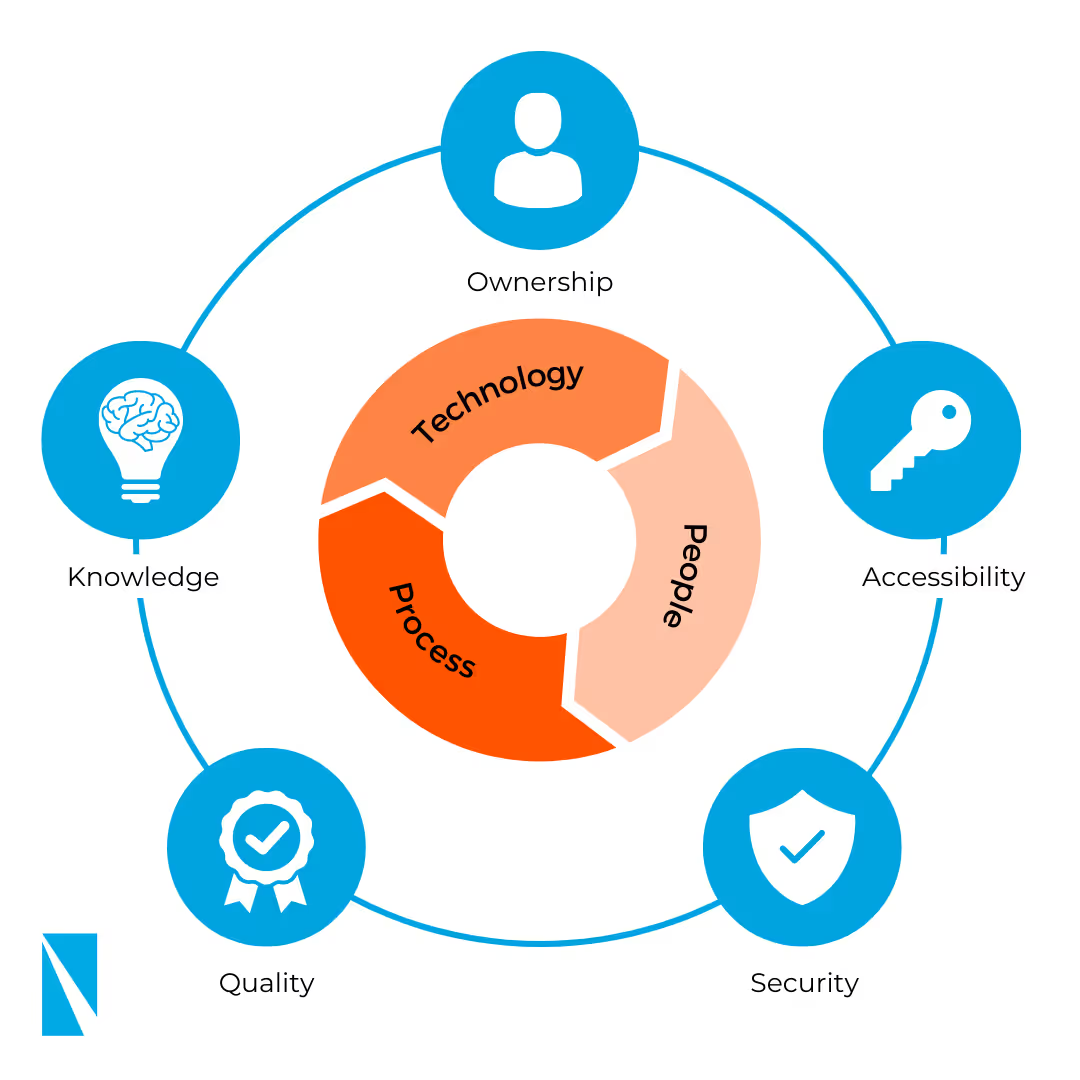
In conclusion, data mapping and transformation are critical components of any PIM implementation. By understanding your data, defining a data mapping strategy, leveraging data mapping tools, establishing a data transformation process, monitoring, and validating your data, and establishing data governance policies, you can ensure that your product data is accurate, complete, and consistent, and that your PIM system is a success.
Faq
Insights
Looking for resources, tools, tips and industry news? Stay ahead of the curve with quick access to thought leadership and expert insights on digital transformation.

Back to ‘ABCD’ of Data: Master, Golden, Reference and Metadata
In this blog, we will discuss about the classification of data and describe the various categories of data (reporting, transactional, master, golden, reference, metadata, unstructured and big data).

Back to ‘ABCD’ of Data: Master, Golden, Reference and Metadata
In this blog, we will discuss about the classification of data and describe the various categories of data (reporting, transactional, master, golden, reference, metadata, unstructured and big data).

Back to ‘ABCD’ of Data: Master, Golden, Reference and Metadata
In this blog, we will discuss about the classification of data and describe the various categories of data (reporting, transactional, master, golden, reference, metadata, unstructured and big data).

Common Mistakes to Avoid While Managing 360 Views of Your Business Data
The need to integrate data management services and take decisive decisions to run businesses is increasing day by day. Now is the time for your organization to understand the true value of master data management and implementation. But before that, it’s more important to avoid these 5 common mistakes while managing a 360 view of business data.

Common Mistakes to Avoid While Managing 360 Views of Your Business Data
The need to integrate data management services and take decisive decisions to run businesses is increasing day by day. Now is the time for your organization to understand the true value of master data management and implementation. But before that, it’s more important to avoid these 5 common mistakes while managing a 360 view of business data.

Common Mistakes to Avoid While Managing 360 Views of Your Business Data
The need to integrate data management services and take decisive decisions to run businesses is increasing day by day. Now is the time for your organization to understand the true value of master data management and implementation. But before that, it’s more important to avoid these 5 common mistakes while managing a 360 view of business data.

Confusion between Master Data and Reference Data: You are not Alone
In this blog, we will discuss about major misconception we build while dealing with data and the confusion we usually build between Master Data and Reference Data. Most will tell you that reference data is a subset of master data, and it is, sort of. But...

Confusion between Master Data and Reference Data: You are not Alone
In this blog, we will discuss about major misconception we build while dealing with data and the confusion we usually build between Master Data and Reference Data. Most will tell you that reference data is a subset of master data, and it is, sort of. But...

Confusion between Master Data and Reference Data: You are not Alone
In this blog, we will discuss about major misconception we build while dealing with data and the confusion we usually build between Master Data and Reference Data. Most will tell you that reference data is a subset of master data, and it is, sort of. But...
